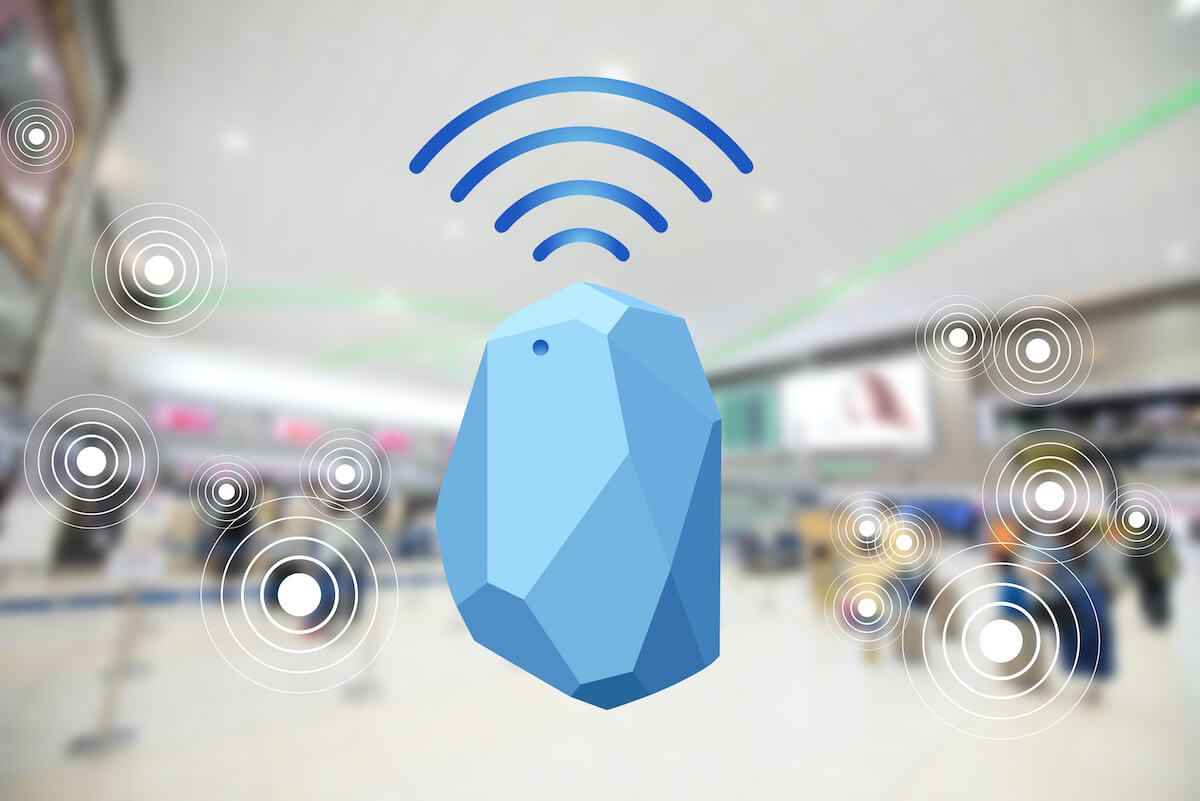What Is Geolocation Marketing and How Is It Implemented?
Posted on December 10, 2019
To say that geolocation marketing is at its peak would be an understatement. Marketing research firm eMarketer found that location-targeted ad budgets are expected to soar from US $26.5 billion this year to US $38.7 billion in 2020. As further proof of the rising influence of geolocation marketing, a separate study by Factual revealed that 8 out of 10 marketing professionals rely on location data for their campaigns.
Since its role in augmented reality (AR) and cybersecurity is growing, there is no doubt that geolocation should see a higher adoption rate in other industries as well. To support this statement, this post takes a closer look at what geolocation marketing is and how to implement it.
What Is Geolocation Marketing?
Geolocation marketing refers to the distribution of relevant marketing messages, such as ads or in-store alerts, to recipients in specific locations. The geographic scope could be as small as a suburban cafe or as large as a three-story department store. It can also be used on a macro level to target audiences in a particular country or region.
The principle behind geolocation marketing is nothing new to seasoned marketers. The applications only differ in format. Tools that facilitate geolocation marketing may also differ, depending on the campaign objectives and its applications in the marketing mix.
Geolocation marketing also goes by other names, such as “proximity marketing” and “hyperlocal marketing.” Marketers may use these terms interchangeably, but overall, they all mean the same thing.
How to Implement Geolocation Marketing
Geolocation marketing comes in three types: geotargeting, beacon marketing, and geofencing. An earlier post details what they’re all about, so make sure to read it on our blog. Meanwhile, explained below are ways to tailor geolocation marketing campaigns based on significant data points, such as audience, proximity, and weather.
Audience
Companies can optimize geolocation campaigns by considering buyer profiles, interests, and purchasing behaviors. With third-party solutions like IP Geolocation API, they may first seek out their ideal audiences based on location intelligence. Then they can follow this activity by creating personalized campaigns to transform the data into increased foot traffic.
More specifically, marketing consultants can first analyze demographic segments that respond to previous ads or have previously visited their branches. To further refine this consumer group, geofences may be used to harvest location data on users’ frequently visited places. Patterns emerging from this can enrich campaigns for individual stages of the sales funnel.
Proximity
Proximity-based location targeting is effective in bottom-of-the-funnel marketing as it is useful in capturing the attention of nearby customers right when they’re almost ready to purchase goods. It incorporates the use of beacons or geofences to set up virtual perimeters around retail establishments, communities, or even across state lines.
Once customers enter the geofenced space, their devices will trigger an alert, such as for an ongoing holiday event promotion or sale. The notification is not limited to store offers, though. Geofences also prompt the download of in-app guides and recommendations on users’ smartphones regarding travel and transportation.
As opposed to beacons that have their own hardware ecosystems, geofences are built manually or based on Geographic Information System (GIS) software shapefiles, which translate location datasets into geofence zones. Several geofencing APIs are available on the market to facilitate this time-consuming process.
Geofencing software, for example, can cross-reference IP Geolocation API datasets to convert geographic coordinates into zones with higher accuracy. Geofencing APIs can also be hooked to marketing tools to automate actions based on event triggers.
Weather
Using weather variables in geolocation marketing is an effective way to sell seasonal inventories — or anything for that matter. Weather may have a considerable influence on purchasing decisions, from buying real estate to groceries. The tactic addresses an immediate need, which makes it effective at eliciting desired actions among buyers.
To accomplish weather-based targeting, start by defining an area of interest with geofencing APIs, or simple Web-based geotargeting. Marketers can first isolate user locations that fit their criteria and verify them through an IP Geolocation API, an IP address search tool that can determine a user’s physical location.
Marketing professionals can next examine the historical weather data of their main markets to spot trends. For example, Stella Artois noticed that the sales of its Cider line rose when the temperature was two degrees above the norm. The company ran dynamic, out-of-home (OOH) ads that were triggered by weather data to capitalize on this.
What’s excellent about weather-based geolocation marketing is that many things become possible. Marketers can adjust their content based on real-time or long-range weather outlooks. They can anticipate a need based on weather changes and run relevant ads. Grubhub, for instance, serves ads to customers who previously booked a delivery during inclement weather conditions.
Clearly, geolocation marketing’s unprecedented growth shows no signs of stopping soon. It’s not impossible that market forces will drive most businesses to invest in them to fulfill their needs. IP Geolocation API can provide them with reliable location data to configure campaign settings and add insightful context to results.
Read the other articles